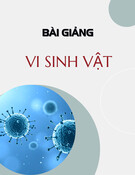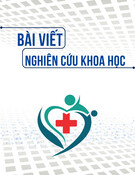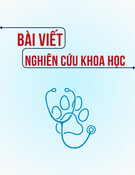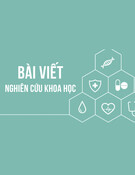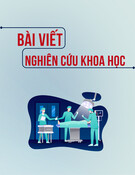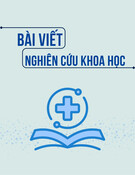
Heart Failure
Trương Thanh Hương, PhD.
Hanoi Medical University

Definition
•Heart failure is a condition in which the cardiac
output is insufficient in meeting the needs of
oxygen of the body in any situation.
•Heart failure is a complex clinical syndrome that
can result from any structural or functional
cardiac disorder that impairs the ability of the
ventricle to fill with or eject blood.
•The term "heart failure" is more accurate than
"congestive heart failure" because fluid
accumulation may not occur in all patients.

Heart failure
classification
•The side of the heart involved: left-sided heart
failure, right-sided heart failure.
•Progress of heart failure: acute heart failure,
chronic heart failure.
•The change in the cardiac output: low-output
heart failure, high-output heart failure.
•Systolic heart failure and diastolic heart failure

Causes
Left-sided heart failure
•Hypertension
•Valvular heart diseases: aortic valve stenosis, aortic
regurgitation (pured or combined), mitral regurgitation
•Myocardial injury: MI, rheumatic myocarditis, intoxication,
bacterial contamination, myocardial diseasesthmias
•Congenital heareases: coarctation of the aorta, patent ductus
arteriosus
•Arrhythmias
•Be noticed of mitral stenosis

causes
Right-sided heart failure
•Left-sided heart failure
•Pulmoray diseases, deformity of thorax-spine
•Cardiovascular causes:
–Mitral stenosis is a common cause
–Tricupid and aortic valvular diseases
–Congenital heart diseases (Pulmonary valve stenosis,
tetralogy of Fallot): congenital heart diseases with
reversed shunt, ruptured sinus of valsalva into right heart
chambers, left atrial myoxoma...
•Be noticed of pericardial effusions and compressive
syndromes

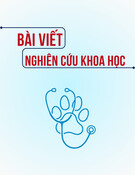

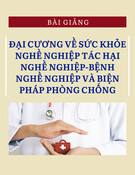







![Tài liệu Triệu chứng học nội khoa [mới nhất]](https://cdn.tailieu.vn/images/document/thumbnail/2025/20251204/oanhlahet@gmail.com/135x160/5231764900514.jpg)


![Bài giảng Vi sinh vật: Đại cương về miễn dịch và ứng dụng [chuẩn nhất]](https://cdn.tailieu.vn/images/document/thumbnail/2025/20251124/royalnguyen223@gmail.com/135x160/49791764038504.jpg)
